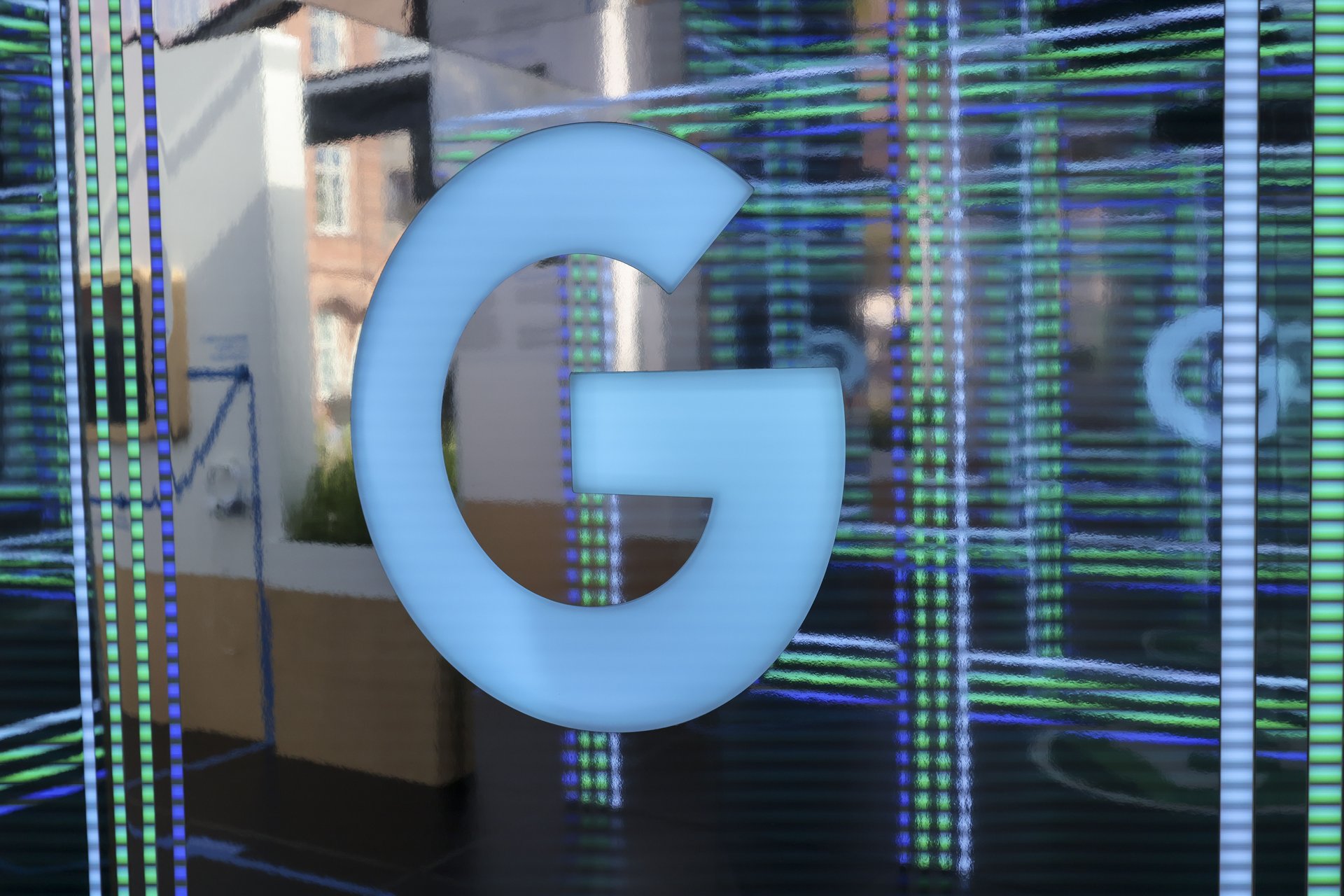Google will spend $3 billion on hydropower for its AI data centers
Google entered an agreement to use 3,000 megawatts of hydropower across the U.S. in a first-of-its-kind deal

Alex Kraus/Bloomberg via Getty Images
Alphabet’s Google is spending more than $3 billion in a new deal to use hydropower for its data centers, according to an announcement on Tuesday.
Suggested Reading
The more than $3 billion contract with Brookfield Asset Management, which operates the platform for renewable power Brookfield Renewable Partners, will use 670 megawatts from Brookfield’s Holtwood and Safe Harbor hydroelectric facilities in Pennsylvania to power Google’s data centers in the mid-Atlantic region for 20 years, the statement said.
Related Content
The tech company and Brookfield also entered into the largest corporate hydroelectric deal in the world where Brookfield will deliver 3,000 megawatts of carbon-free hydropower to Google. The Holtwood and Safe Harbor contract is the first within this deal referred to as a “first-of-its-kind” Hydro Framework Agreement, according to Brookfield’s release.
This deal is part of Google’s larger investment in data centers in the region. According to Semafor, Google plans to invest $25 billion in its data centers in Pennsylvania, as well as nearby states, over the next two years.
Under the agreement, the companies will first focus on expanding hydropower through the mid-Atlantic (PJM) and mid-continent (MISO) electricity markets before moving across the U.S., the statement said.
“At Google, we’re dedicated to responsibly growing the digital infrastructure that powers daily life for people, communities and businesses,” Head of Google’s Data Center Energy Amanda Peterson Corio said in the release. “This collaboration with Brookfield is a significant step forward, ensuring clean energy supply in the PJM region where we operate. Hydropower is a proven, low-cost technology, offering dependable, homegrown, carbon-free electricity that creates jobs and builds a stronger grid for all."
In 2020, Google committed to fully operate on carbon-free energy by 2030, a goal that could become increasingly difficult as President Donald Trump’s newly passed tax bill takes major swings at clean energy and as AI data centers demand high energy output.
